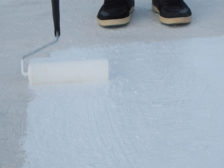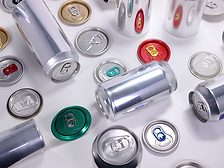Home » Keywords: » Epoxy Resins
Items Tagged with 'Epoxy Resins'
ARTICLES
The Effect of Microfibrillated Cellulose
On Mechanical Properties, Water Absorption, and Adhesion of Acrylic Elastomeric Waterproofing Coatings
Read More
Keep the info flowing with our eNewsletters!
Get the latest industry updates tailored your way.
JOIN TODAY!Copyright ©2025. All Rights Reserved BNP Media.
Design, CMS, Hosting & Web Development :: ePublishing










.jpg?height=168&t=1672116434&width=275)
